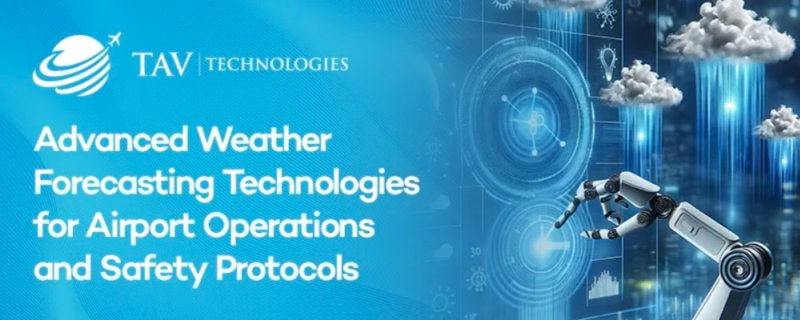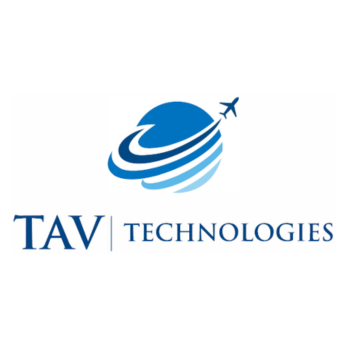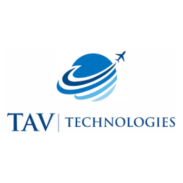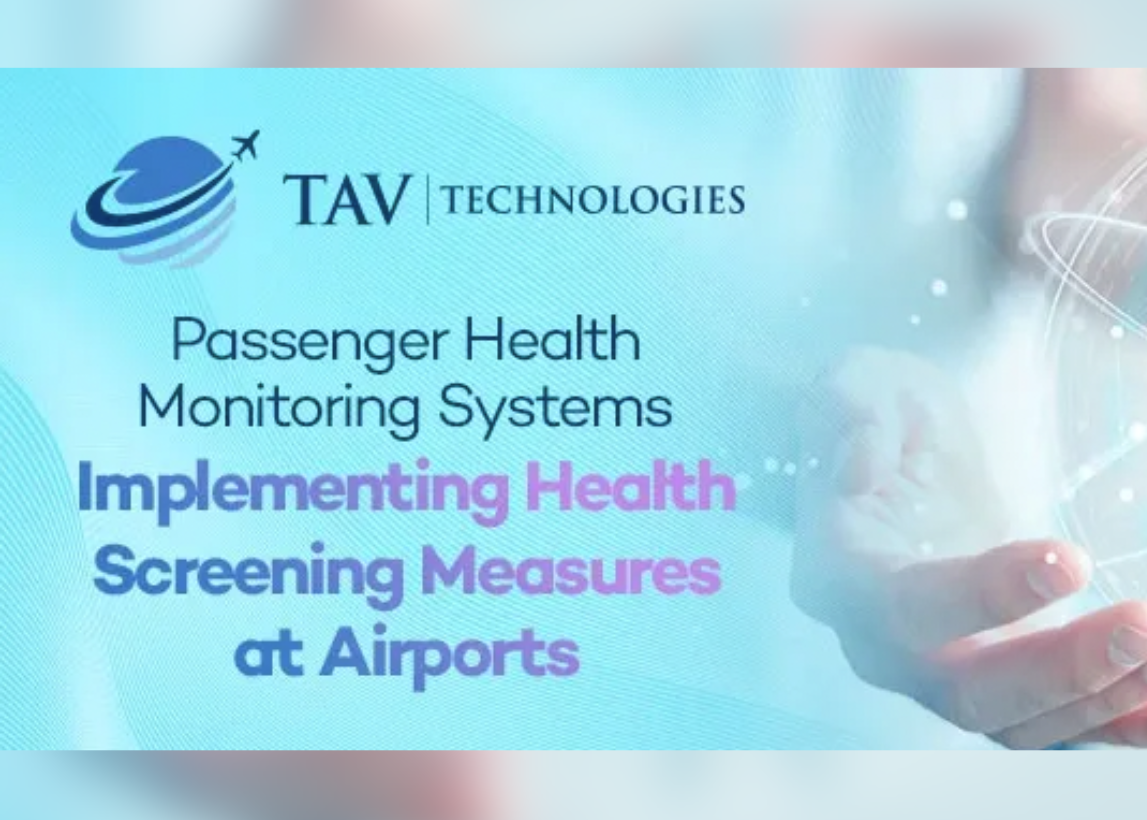Accurate and reliable weather information is essential for ensuring efficient operations and maintaining safety standards at airports.
Modern airports now require advanced weather forecasting technologies as they provide numerous of advantages over conventional approaches. Here’s how these innovations are transforming airport operations and enhancing safety protocols.

The Critical Role of Advanced Weather Forecasting
Weather conditions can drastically impact flight schedules, airport operations, and overall safety. From sudden thunderstorms to dense fog, unpredictable weather poses significant challenges for airports. Advanced weather forecasting technologies provide more accurate and detailed information, allowing airports to prepare and respond effectively.
Key Strengths of Advanced Weather Forecasting
- Enhanced Accuracy and Precision: Modern forecasting systems use sophisticated algorithms and real-time data from various sources, including satellites, radar, and weather stations. This results in more precise weather predictions, helping airports anticipate and mitigate potential disruptions.
- Improved Safety Protocols: By providing detailed weather insights, these technologies enable airports to implement proactive safety measures. For example, accurate forecasts can help in scheduling de-icing operations for aircraft, managing runway conditions, and issuing timely weather warnings to ground crews and passengers.
- Operational Efficiency: Advanced weather forecasting supports better decision-making regarding flight scheduling and resource allocation. Airports can optimize their operations by anticipating adverse weather conditions and making necessary adjustments, thereby reducing delays and improving overall efficiency.
- Real-Time Monitoring: Continuous monitoring of weather conditions allows airports to stay updated on changing weather patterns. This real-time information helps in adjusting operations promptly, minimizing the impact of unexpected weather events.
- Cost Savings: Accurate weather forecasting can lead to cost savings by reducing the need for last-minute adjustments and mitigating the impact of weather-related delays. Efficient planning and response also help in avoiding costly operational disruptions.
Technological Solutions Driving Change
Several advanced technologies are at the forefront of weather forecasting in the aviation industry:
- Satellite and Radar Systems: These provide comprehensive coverage and high-resolution data on weather conditions, enabling accurate forecasting and real-time updates.
- Machine Learning Algorithms: By analyzing vast amounts of historical and current weather data, machine learning models improve the accuracy of forecasts and predictions.
- Integrated Weather Platforms: Modern systems integrate data from various sources, offering a unified view of weather conditions and enhancing decision-making processes.
- Predictive Analytics Tools: Predictive analytics goes beyond basic forecasting by offering scenarios based on “what-if” analyses.
Advancing Airport Operations Through Weather Forecasting
Advanced weather forecasting technologies are dramatically changing airport operations and safety protocols, offering significant benefits that contribute to a smoother and safer aviation experience. By leveraging these technologies, airports can stay ahead of weather challenges, enhance operational efficiency, and ensure the safety of passengers and staff.
This article was originally published by TAV Technologies.















